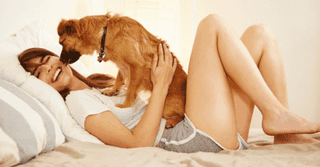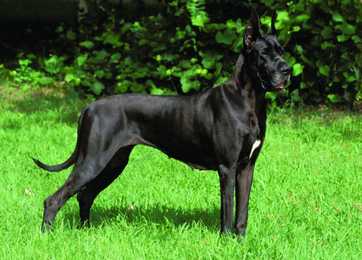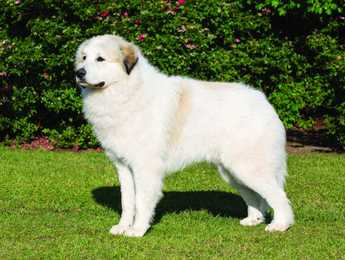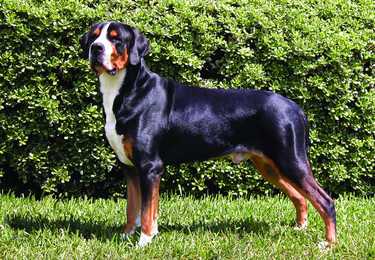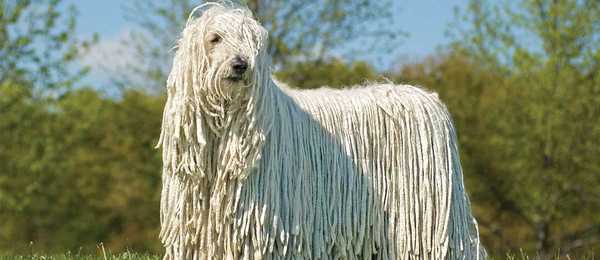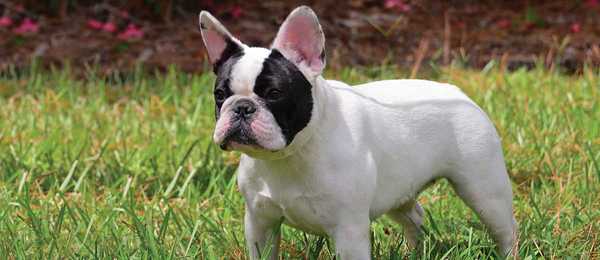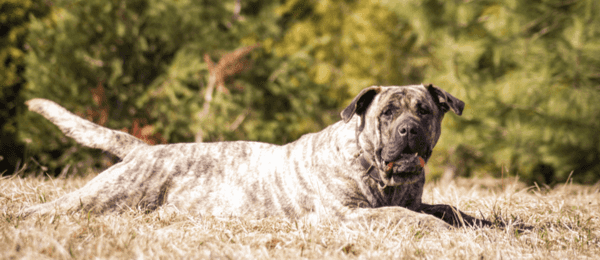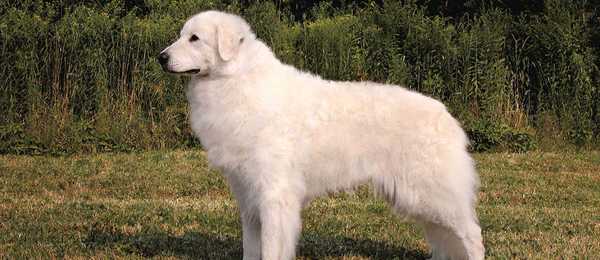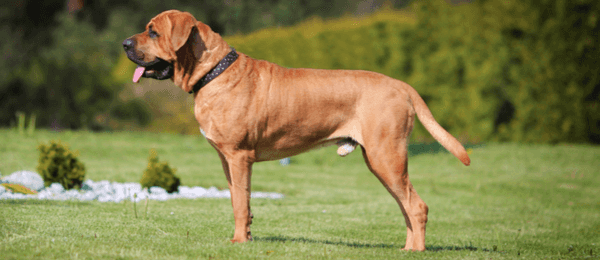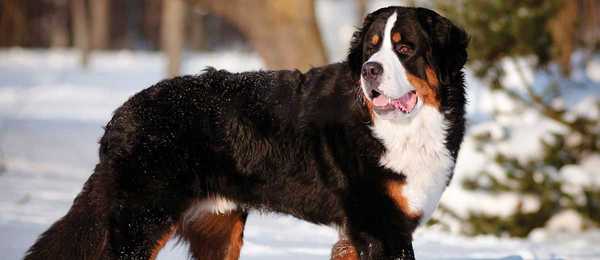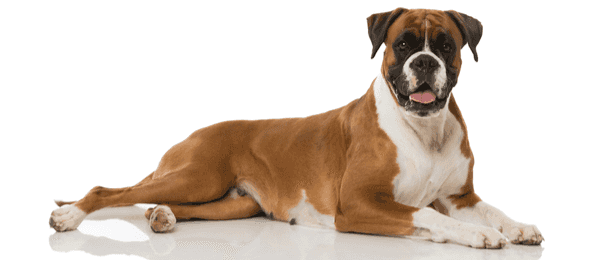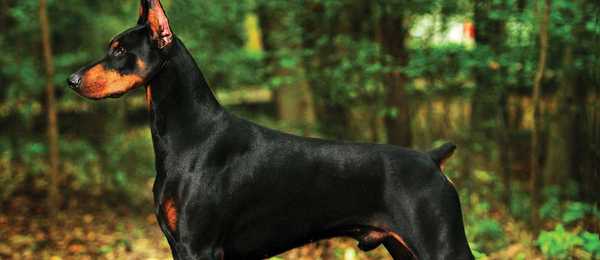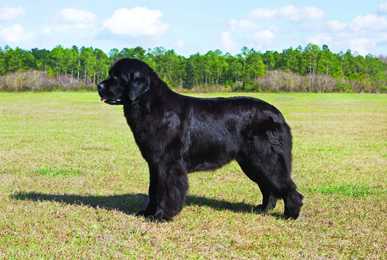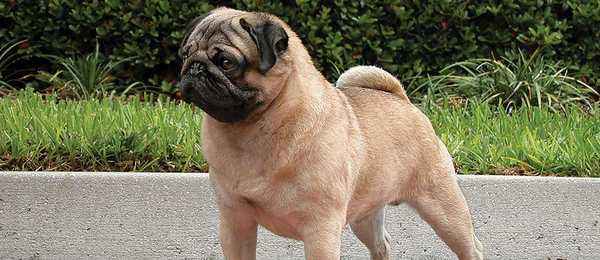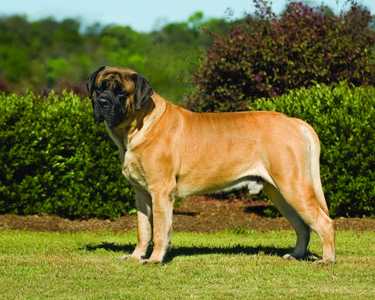
Traits and Characteristics
type
weight
height
family
The massive Mastiff is heavy boned with a powerful musculature, being slightly longer than tall. Great strength is combined with endurance. Power and strength are evident in this dog's gait, which has good reach and drive. The double coat consists of a dense undercoat and a straight, coarse, outer coat of moderately short length. The expression is alert but kindly. The overall impression is one of grandeur and dignity.
Ready to see what dogs fit you best? Take our short quiz to find out!
Energy Level
Exercise Requirements
Playfulness
Affection Level
Friendliness to Dogs
Friendliness to Other Pets
Friendliness to Strangers
Watchfulness
Ease of Training
Grooming Requirements
Heat Sensitivity
Vocality
Disclaimer: While the characteristics mentioned here may frequently represent this breed, dogs are individuals whose personalities and appearances will vary. Please consult the adoption organization for details on a specific pet.
Temperament
The Mastiff is innately good natured, calm, easygoing, and surprisingly gentle. It is a well-mannered house pet but needs sufficient room to stretch out. This is an extremely loyal breed, and though not excessively demonstrative, the Mastiff is devoted to his or her family and is good with children.
Upkeep
The adult Mastiff needs daily moderate exercise, consisting of either a good walk or an enjoyable game. The Mastiff is prone to drooling. Coat care is minimal. This breed does not enjoy hot weather.
Health
- Major concerns: CHD, gastric torsion
- Minor concerns: elbow dysplasia, osteosarcoma, cystinuria
- Occasionally seen: cardiomyopathy, allergies, vaginal hyperplasia, cruciate ligament rupture, hypothyroidism, OCD, entropion, PRA, PPM
- Suggested tests: hip, elbow, eye, cardiac, (cystinuria), thyroid, DNA for PRA
- Lifespan: 9–11 years
- Note: obesity can be a problem
History
The Mastiff is the prototypical breed of the ancient mastiff group of dogs. The confusion between the Mastiff breed and the mastiff family makes it very difficult to trace the history of the breed. Even though the mastiff family is one of the oldest and most influential in dogdom, the breed is undoubtedly of more recent, though still ancient, origin. By the time of Caesar, mastiffs were used as war dogs and gladiators. In medieval times, they were used as guard dogs and hunting dogs and became so widespread as to become commonplace. Kubla Khan is said to have kept 5,000 Mastiffs for hunting in the 1200s. Mastiffs later stepped into the arena of dog fighting, bull baiting, and bear baiting. Even when these cruel sports were banned in England in 1835, they continued to be popular events. The modern Mastiff descends not only from these pit dogs but also from the lines of nobles, being descendants of one of the most famous Mastiffs of all time: the Mastiff of Sir Peers Legh. When Sir Legh was wounded in the battle of Agincourt, his Mastiff stood over him and protected him for many hours through the battle. Although he later died, the Mastiff returned to Legh’s home and was the foundation of the Lyme Hall Mastiffs. Five centuries later the Lyme Hall Mastiffs figured prominently in founding the modern breed. Some evidence exists that the Mastiff came to America on the Mayflower, but the breed’s documented entry to America did not occur until the late 1800s. The breed was nearly decimated in England by World War II, but sufficient numbers had been brought to America by that time to keep the breed going. Since that time, it has gradually risen in popularity.

